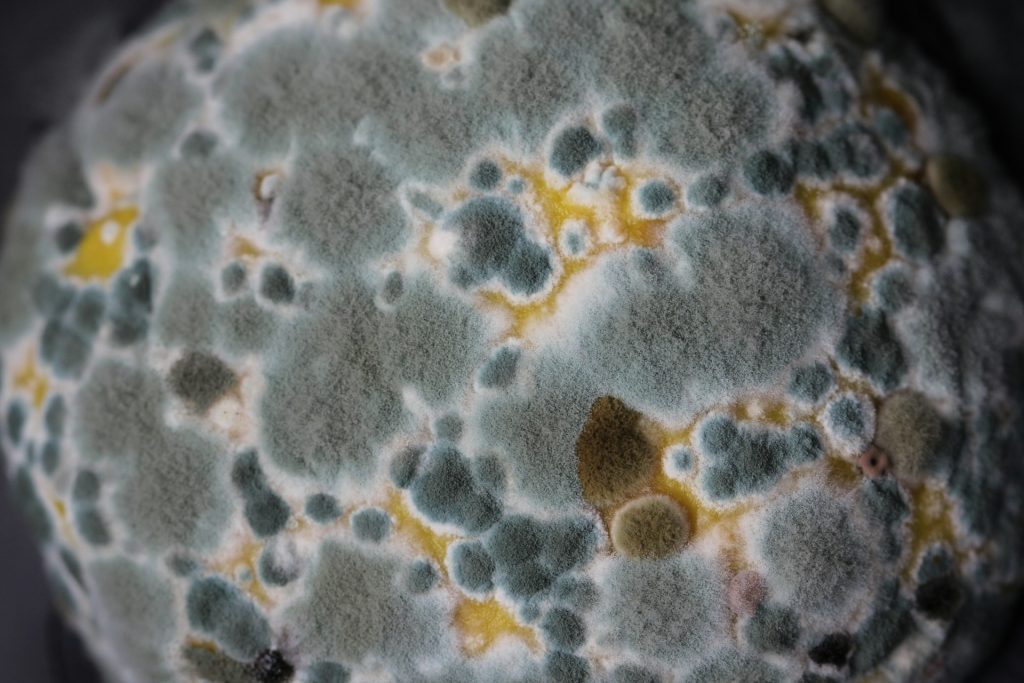Professional Mold Testing After Water Damage: Advanced Detection Methods & Lab Analysis for Southfield Homes
March 24, 2025When dealing with water damage in your Southfield home, it’s essential to employ professional mold testing to identify and address hidden mold growth. Advanced detection methods such as air sampling, surface sampling, and bulk sampling, along with tools like moisture meters, hygrometers, and infrared cameras, help you accurately assess the extent of mold contamination. Lab analysis techniques, including culture testing, DNA testing, and PCR testing, provide precise identification of mold types and their growth rates, enabling effective prevention and remediation strategies.

The Importance of Mold Testing After Water Damage
When your home experiences water damage, it creates an ideal environment for mold growth, particularly in areas like basements, bathrooms, and kitchens. Moisture from floods, leaks, or condensation can lead to mold proliferation within 24 to 48 hours, making prompt action vital to prevent health risks and structural damage.
To address this, professional mold testing is essential, as it helps identify hidden mold growth that may not be visible. This testing involves advanced methods such as air sampling, surface sampling, and bulk sampling to accurately assess the extent of mold contamination.
How Water Damage Contributes to Mold Growth
Water damage is a significant precursor to mold growth, as it creates the ideal moist environment that mold spores need to thrive. In Southfield, MI, where high humidity and frequent basement flooding are common, water damage can quickly lead to mold growth on water-damaged building materials. This poses serious health risks, making prompt mold remediation strategies essential to mitigate these dangers.
Advanced Detection Methods for Identifying Mold
When identifying mold after water damage, you need to employ advanced detection methods to guarantee accuracy. Using a moisture meter helps you measure the moisture levels in walls, floors, and ceilings, which is vital since high moisture levels can indicate mold growth.
Conducting a smell test for a musty odor and visually inspecting for black, green, or white spots on surfaces are also important steps. Additionally, hiring a professional to use specialized tools like thermal imaging and air sampling can help identify hidden mold growth.
These methods, combined with lab analysis techniques such as PCR testing, culture testing, and ELISA assays, provide a thorough approach to detecting and identifying mold accurately.
Cutting-Edge Techniques for Accurate Mold Detection
To accurately detect mold after water damage, several cutting-edge techniques are essential for identifying and evaluating mold growth in your Southfield home. Air sampling for mold helps measure spore concentrations, while infrared thermal imaging mold detection reveals hidden moisture issues. Mycotoxin testing identifies toxic mold metabolites. For precise identification, PCR mold testing and culture mold testing are used. Additionally, using HEPA filtration and air scrubbers guarantees cleaner air quality.
Lab Analysis and Testing Procedures
When you send mold samples to a laboratory, they are analyzed using several precise methods to identify the type and extent of mold growth. Lab technicians often employ PCR (Polymerase Chain Reaction) testing to detect and quantify mold DNA, culture testing to grow and isolate mold species, and ELISA (Enzyme-Linked Immunosorbent Assay) assays to detect mycotoxins and other mold-related compounds. These techniques provide detailed reports on the species of mold present, helping you and professionals develop an effective remediation plan.
How Mold Samples Are Analyzed in a Laboratory
In the laboratory, mold samples collected from water-damaged homes undergo rigorous analysis to identify the type and concentration of mold present. Lab analysis techniques include culturing, which determines mold viability and species, and DNA-based methods like PCR for precise mold identification. ELISA assays can also be used to detect specific mold antigens. These methods help you understand the impact of humidity and mold on your home after water damage.
Effective Prevention and Remediation Strategies
To reduce mold risk and improve indoor air quality, you should focus on controlling humidity levels, especially in areas prone to flooding like basements. Using dehumidifiers and ensuring good ventilation can prevent moisture from accumulating, a key factor in mold growth. Additionally, applying antimicrobial treatments and using HEPA filtration systems can help eliminate existing mold spores and prevent new growth.
Steps to Reduce Mold Risk and Improve Indoor Air Quality
After experiencing water damage, it is essential to act swiftly to reduce the risk of mold growth and improve indoor air quality. In Southfield, MI, where high humidity and frequent basement flooding are common, dehumidification is vital to prevent mold. Use antimicrobial treatments and encapsulation coatings to protect surfaces. This helps mitigate respiratory issues from mold and control types of mold in water-damaged homes, especially in Michigan’s humid climate.
